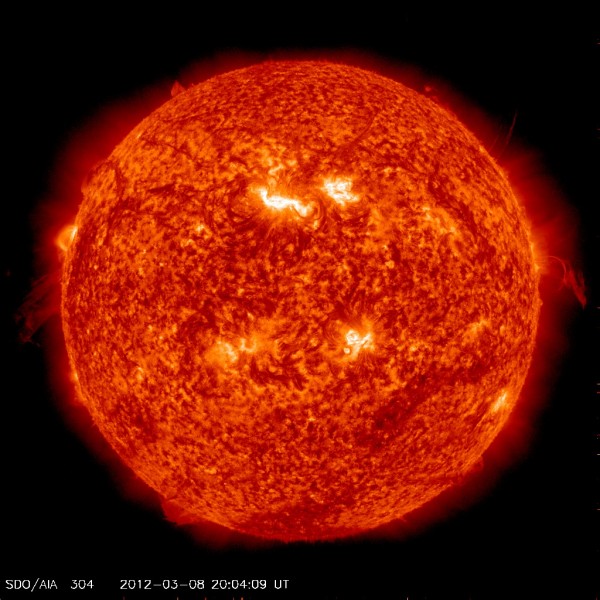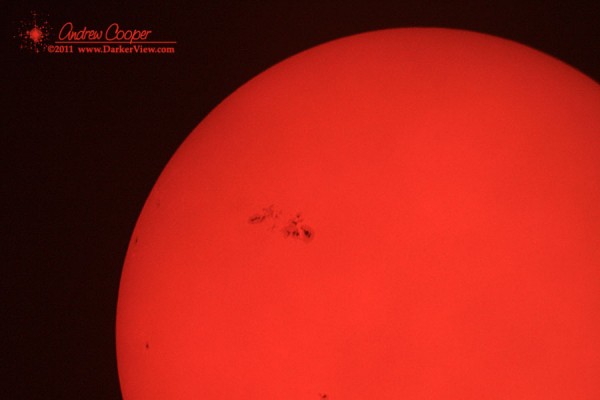After years of a nearly blank solar disk, we have a beautifully active Sun. Any time you have a chance to see the Sun through a telescope this year, do so. The view is replete with sunspots, or if you have a Hα filter, prominences and more…

When you want to see the stars, find someplace dark
The CME from yesterday’s solar flare struck at about 01:00HST, not as strongly as predicted. Right now there is a geomagnetic storm going on, but only at a moderate intensity, Kp=5. It takes something with a Kp>10 before aurora become a likelihood at low latitudes. Expect some nice photos from the folks up north as they get to enjoy the show.
The sunspot responsible for the flare, AR1429, is still there, pointed directly at our Earth. It harbors the energy for more X class flares, stay tuned!

As we approach solar maximum, large sunspot groups have again become a common sight. The last few years have seen an unusually quiet solar minimum, long stretches of time when not a single sunspot appeared. that has certainly changed, the Sun is now dotted with sunspots, with the occasional monster. At it’s peak, AR1339, seen above, was over 100,000km across. That is larger than 15 Earths, side by side. I mean monster!
The photo was taken with the Canon 60D, a 0.8x TeleVue adaptor, a C-11 and a Thousand Oaks full aperture solar filter.
